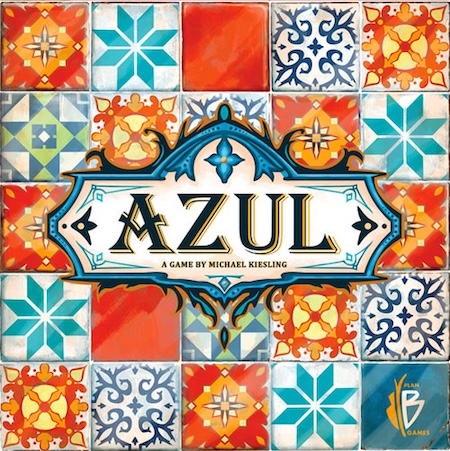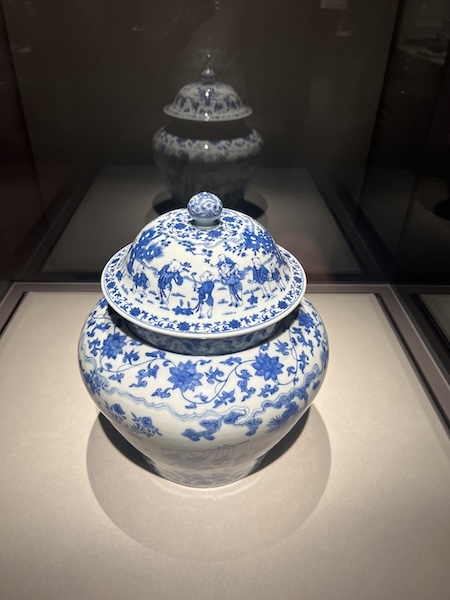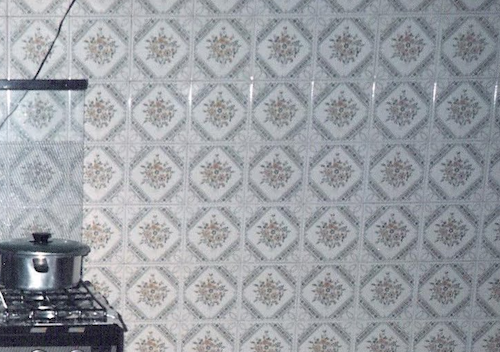kuniga.me > Amuseum > Azuleijo
Azuleijo
Azuleijo is a type of tile used in walls and its associated with the Portuguese culture. The name cames from the Arabic al-zillīj where zillīj means polished stone.
One interesting fact is that the Portuguese/Spanish word for Blue is Azul. Until recently I assumed Azul and Azuleijo were related, because azuleijo in usually painted blue.

It turns out they’re not: Azul comes from the color of the lapis lazuli stone, which in Persian is called lāžvard (named after a place in today’s Afghanistan where it was mined).

What I find fascinating is that the Spanish thought the L in lāžvard was the article el and that the noun was simply āžvard, which eventually turned into azul. Whereas in al-zillīj, al is indeed the article in Arabic but it ended up being included as part of the noun!
The blue color of azuleijo is inspired by the Ming-dynasty porcelains from China, brought by Portuguese explorer in the 16th century.

Azuleijos need not be blue, nor are exclusive to Portuguese art. In fact, as the name origin suggests, azuleijo has Arabic origin, and came into Portugal and Spain via the Moors.

Like calçada, azuleijos are prevalent not only in Portugal but its former colonies. In Brazil it is pretty common to cover the bathroom and kitchen walls with azuleijos.
